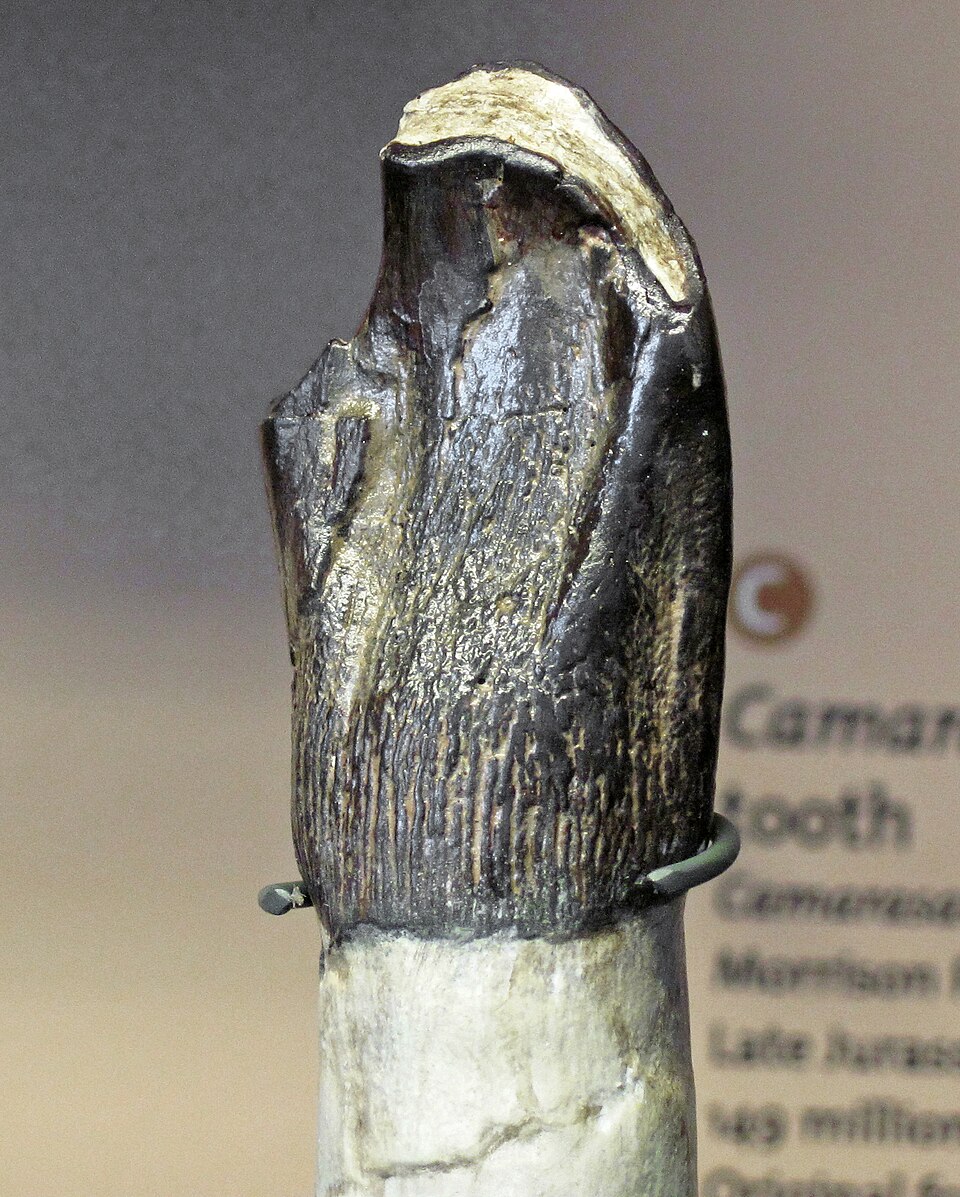Specialized Diets of Jurassic Dinosaurs: Insights from Tooth Enamel

Jurassic dinosaurs exhibited specialized dietary habits that allowed them to coexist harmoniously within their ecosystems, according to new research from The University of Texas at Austin. This groundbreaking study, published in the journal *Palaeogeography, Palaeoclimatology, Palaeoecology* on July 25, 2025, explores the chemical signatures found in the tooth enamel of various dinosaur species, revealing distinct dietary preferences among herbivores and carnivores during the Late Jurassic period.
The research, led by Liam Norris, a recent doctoral graduate from UT’s Jackson School of Geosciences, focuses on fossils unearthed from Carnegie Quarry in northeast Utah. This site, known for its rich deposits of dinosaur bones, provides a snapshot of how different species interacted and thrived in the same environment. Norris and his team analyzed enamel samples from 17 individual dinosaurs, utilizing isotope analysis to trace dietary patterns based on the chemical makeup of their teeth.
The study highlights significant findings regarding herbivorous dinosaurs, such as Camarasaurus, Camptosaurus, and Diplodocus. Contrary to previous assumptions that large herbivores fed at different vertical levels of the forest canopy, this research demonstrates a more nuanced separation of diets. For instance, Camptosaurus primarily consumed soft plant parts like leaves and buds, while Camarasaurus preferred tougher conifers. Diplodocus displayed a more varied diet, feeding on low-lying ferns and other coarse materials. Norris stated, “This differentiation in diet makes sense with what we see from the morphology of these animals. We bring in this geochemical data, which is a very concrete piece of evidence to add to that pot.”
On the carnivorous side, Allosaurus and Eutretauranosuchus showed overlapping isotope values, indicating some dietary similarities. However, subtle distinctions in their diets suggest differing ecological roles. Allosaurus, a large bipedal predator, likely targeted herbivorous dinosaurs like Camptosaurus, while Eutretauranosuchus, a smaller, crocodile-like creature, may have consumed fish or small terrestrial vertebrates, reducing competition between the two species.
This research not only enhances our understanding of the dietary habits of these ancient creatures but also sheds light on the structure of prehistoric ecosystems. The evidence points to an efficient use of resources within a lush environment, where dietary specialization minimized competition among species. Norris emphasizes the significance of these findings, remarking, “It’s really just more proof that this ecosystem was as spectacular as we thought it was.”
The implications of this study extend beyond mere dietary insights; it provides a methodology for understanding other ancient ecosystems through the lens of geochemistry. As paleontologists continue to uncover the secrets of the past, studies like this one pave the way for deeper investigations into the dynamics of prehistoric life and the ecological interactions that shaped the world millions of years ago.
Advertisement
Tags
Advertisement





